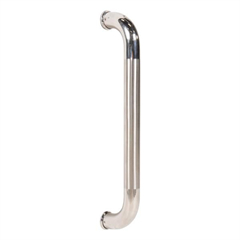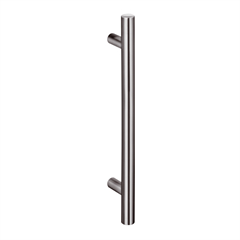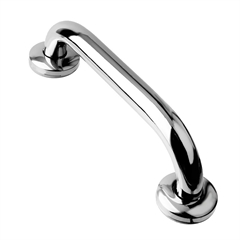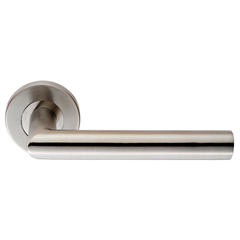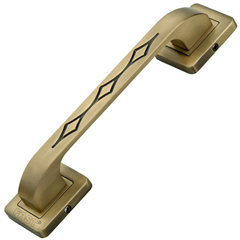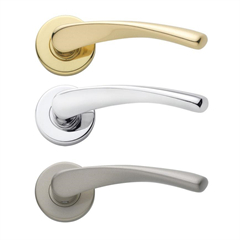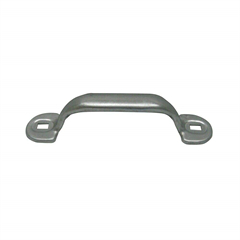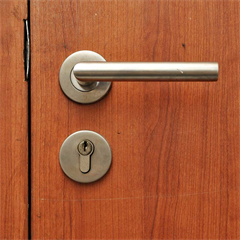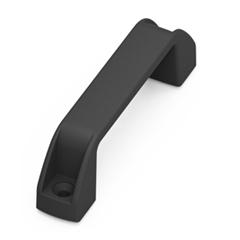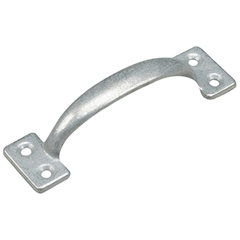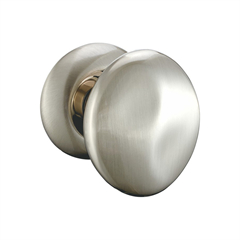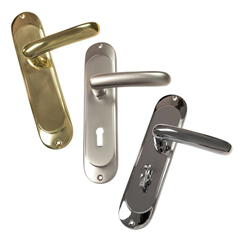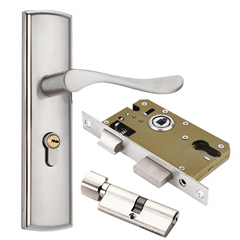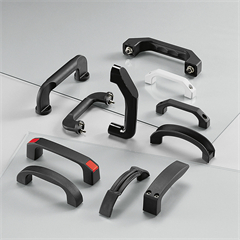A handle is a part of, or attachment to, an object that allows it to be grasped and manipulated by hand. The design of each type of handle involves substantial ergonomic issues, even where these are dealt with intuitively or by following tradition. Handles for tools are an important part of their function, enabling the user to exploit the tools to maximum effect. Package handles allow for convenient carrying of packages. There are 2 types of handle:
Pull handles
Twist handles
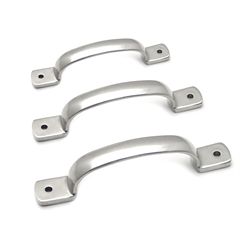

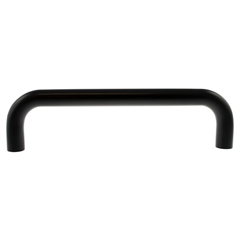
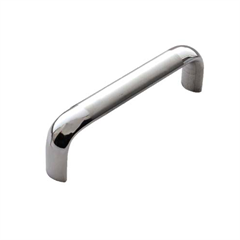
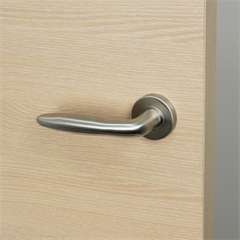
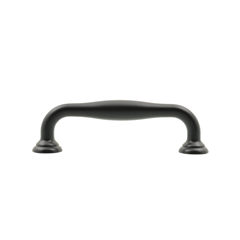
Pull handles introduce.
One major category of handles are pull handles, where one or more hands grip the handle or handles, and exert force to shorten the distance between the hands and their corresponding shoulders. The three criteria stated above are universal for pull handles. Many pull handles are for lifting, mostly on objects to be carried. Horizontal pull handles are widespread, including drawer pulls, handles on latchless doors and the outside of car doors. The inside controls for opening car doors from inside are usually pull handles, although their function of permitting the door to be pushed open is accomplished by an internal unlatching linkage. Pull handles are also a frequent host of common door handle bacteria such as e-coli, fungal or other viral infections.
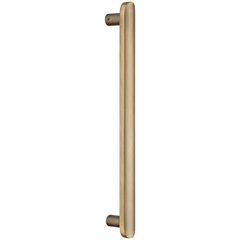
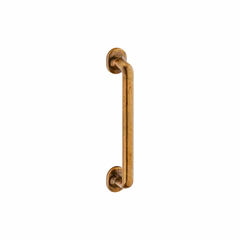
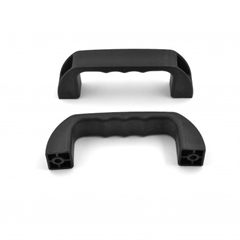
Twist handles introduce.
Another category of hand-operated device requires grasping (but not pulling) and rotating the hand and either the lower arm or the whole arm, about their axis. When the grip required is a fist grip, as with a door handle that has an arm rather than a knob to twist, the term “handle” unambiguously applies. Another clear case is a rarer device seen on mechanically complicated doors like those of airliners, where (instead of the whole hand moving down as it also rotates, on the door handles just described) the axis of rotation is between the thumb and the outermost fingers, so the thumb moves up if the outer fingers move down.

